Table of content
- 1 Ingredients
- 2 Tools
- 1 Preparing the Bamboo Leaves
- 2 Marinating the Fillings
- 3 Seasoning the Rice
- 1 Basic Pyramid Shape (Southern Style)
- 2 Northern-Style Tetrahedron
- 3 Troubleshooting Common Issues
- 1 Traditional Boiling
- 2 Pressure Cooker Hack
- 3 Steaming
- 1 Cantonese (Guangdong) Style
- 2 Zhejiang’s Jiaxing Zongzi
- 3 Northern Sweet Zongzi
- 1 Presentation
- 2 Storage
Zongzi, the iconic pyramid-shaped rice dumpling wrapped in bamboo leaves, is a culinary symbol of China’s Dragon Boat Festival, celebrated annually on the fifth day of the fifth lunar month. This aromatic and chewy treat, filled with ingredients like glutinous rice, mung beans, pork, or sweet red bean paste, embodies centuries of cultural heritage and culinary craftsmanship. While modern convenience stores now offer pre-packaged zongzi, the ritual of hand-making these dumplings remains a cherished tradition in many households. This article delves into the intricate process of crafting zongzi, from selecting ingredients to mastering the folding techniques, ensuring your creations are both visually stunning and delicious.
Chapter 1: Gathering the Essentials
1 Ingredients
The foundation of a perfect zongzi lies in its components. Here’s a breakdown of the essentials:
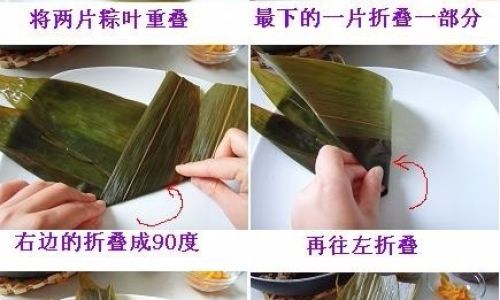
- Glutinous Rice (Sticky Rice): The star ingredient, this short-grain rice becomes tender yet chewy when cooked. Rinse 500g thoroughly until the water runs clear, then soak for 4–6 hours to soften.
- Bamboo Leaves: Fresh or dried reed leaves impart a grassy fragrance. If using dried leaves, boil them for 10 minutes, then soak overnight to enhance flexibility.
- Fillings: Customize to taste! Popular options include:
- Savory: Marinated pork belly (soy sauce, five-spice powder, rice wine), salted egg yolks, dried shrimp, or mushrooms.
- Sweet: Red bean paste, jujube dates, or lotus seeds.
- Seasonings: Soy sauce, salt, sugar, sesame oil, and white pepper for flavor.
- Optional Add-Ins: Chestnuts, peanuts, or fermented black beans for texture.
2 Tools
Equip your kitchen with these items for efficiency:
- A large pot for boiling leaves and cooking zongzi.
- Kitchen twine or raffia strings for tying.
- A mixing bowl for marinating fillings.
- A steamer basket or pressure cooker for faster cooking.
Chapter 2: Preparing the Components
1 Preparing the Bamboo Leaves
- For Dried Leaves: Submerge in hot water for 10 minutes, then scrub gently to remove debris. Rinse and soak in cold water until pliable.
- For Fresh Leaves: Wipe clean with a damp cloth to retain their natural oils.
- Trimming: Snip off the hard stems with scissors to prevent puncturing the leaves during folding.
2 Marinating the Fillings
- Savory Pork: Cut pork belly into 2cm cubes. Marinate overnight in a mixture of soy sauce (3 tbsp), dark soy sauce (1 tbsp for color), rice wine (1 tbsp), sugar (1 tsp), five-spice powder (½ tsp), and minced ginger.
- Sweet Fillings: For red bean paste, simmer 200g of adzuki beans until tender, then mash with sugar and a touch of lard for richness.
3 Seasoning the Rice
Drain the soaked rice and toss with 2 tbsp soy sauce, 1 tbsp sesame oil, 1 tsp salt, and ½ tsp white pepper. Let it absorb the flavors for 30 minutes.
Chapter 3: Mastering the Folding Technique
1 Basic Pyramid Shape (Southern Style)
- Leaf Positioning: Hold two leaves vertically, overlapping them by 5cm at the base. Fold the leaves downward to form a cone, leaving a 3cm tail at the bottom.
- Layering: Press the cone’s base against your palm to create a cup. Add a spoonful of rice, followed by a piece of pork, a salted egg yolk, and another layer of rice (fill to ¾ full).
- Folding: Fold the overlapping leaves over the filling, pressing gently to seal. Use your thumb to tuck in the sides, forming a triangular top.
- Securing: Tie tightly with twine, leaving a 5cm loop for easy removal later.
2 Northern-Style Tetrahedron
- Leaf Overlap: Place three leaves horizontally, overlapping slightly. Fold the bottom edge up to create a rectangular pocket.
- Filling: Add rice and sweet fillings like jujubes. Fold the sides inward, then roll the leaf downward to form a compact prism.
- Tying: Loop the twine around the dumpling’s waist, ensuring no gaps remain.
3 Troubleshooting Common Issues
- Leaking Rice: Ensure the leaves are fully sealed. Use smaller leaves or double-layer them for thinner varieties.
- Loose Wrapping: Apply even pressure when folding. Overstuffing can cause bursts—aim for 80% fullness.
- Uneven Cooking: Trim excess twine to prevent burning. Arrange zongzi in a single layer in the pot.
Chapter 4: Cooking Methods
1 Traditional Boiling
- Place zongzi in a large pot, submerged in water (5cm above the dumplings).
- Bring to a boil, then reduce heat to a simmer. Cook for 2–3 hours (add hot water if needed).
- Pro Tip: Add a teaspoon of salt to the water to enhance the leaves’ fragrance.
2 Pressure Cooker Hack
- For time efficiency, pressure-cook for 45 minutes on high. Natural release ensures tender rice.
3 Steaming
- Arrange zongzi in a steamer basket. Steam for 1.5–2 hours over medium heat. This method preserves the leaves’ vibrant green hue.
Chapter 5: Regional Variations
Zongzi recipes vary dramatically across China, reflecting local tastes and ingredients.
1 Cantonese (Guangdong) Style
- Filling: Marinated pork, salted egg yolk, and dried shrimp.
- Technique: Wrapped in a slender pyramid, often with a single strand of twine.
2 Zhejiang’s Jiaxing Zongzi
- Specialty: Fatty pork belly marinated in rose wine, paired with chestnuts.
- Texture: The rice is pre-fried with lard for added richness.
3 Northern Sweet Zongzi
- Fillings: Jujubes, red bean paste, or rose petal jam.
- Shape: Often tetrahedral, tied with colorful strings.
Chapter 6: Serving and Storage
1 Presentation
Unwrap zongzi just before serving to retain heat. Drizzle with honey for sweet varieties or pair with chili sauce for savory ones.
2 Storage
- Refrigeration: Keeps for 3–4 days. Reheat by steaming or microwaving (with a damp paper towel).
- Freezing: Vacuum-seal and store for up to 3 months. Thaw overnight before cooking.
Chapter 7: The Cultural Significance
Zongzi’s origins trace back to the Warring States period, when poet Qu Yuan drowned himself in the Miluo River to protest corruption. Locals tossed rice dumplings into the water to prevent fish from eating his body—a tradition that evolved into the Dragon Boat Festival. Today, zongzi symbolizes unity, resilience, and respect for ancestors.
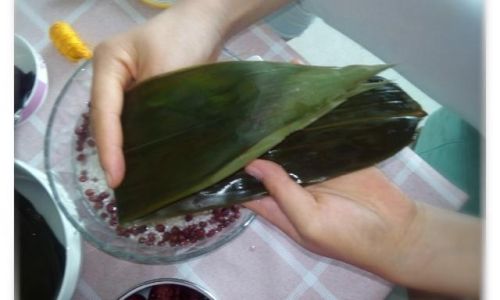
Chapter 8: Modern Twists on a Classic
Contemporary chefs are reimagining zongzi with global flavors:
- Sushi Zongzi: Replace pork with salmon, avocado, and wasabi mayo.
- Vegan Delights: Use quinoa, mushrooms, and tamari-glazed tofu.
- Dessert Zongzi: Stuff with Nutella, coconut, or mango puree.
Conclusion
Crafting zongzi is a labor of love that bridges generations and cultures. While the process demands patience, the result—a fragrant, perfectly wrapped dumpling—is a testament to culinary artistry. Whether you adhere to tradition or experiment with bold flavors, the act of making zongzi invites mindfulness and connection. So gather your leaves, soak your rice, and embark on a journey that transcends time—one bite of this ancient delight will transport you to the banks of the Miluo River, where history and heritage intertwine.
Word Count: 1,512
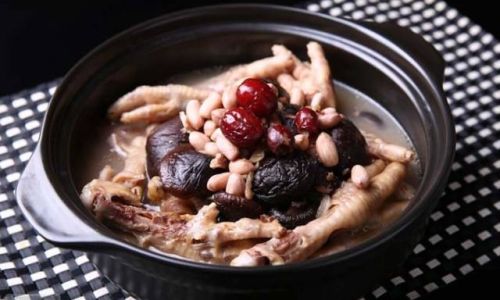
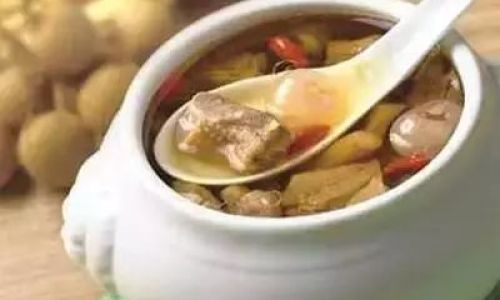

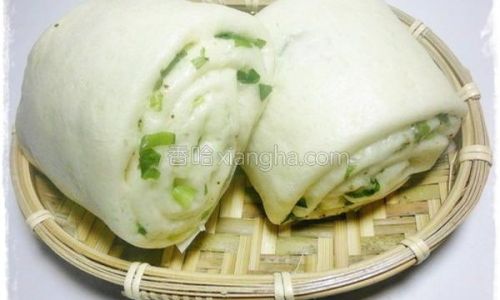
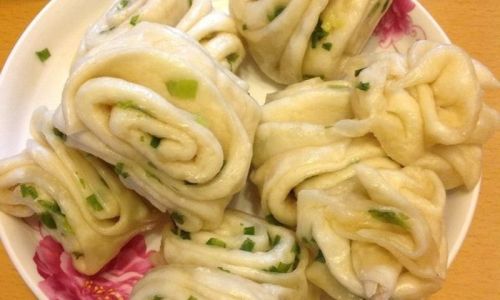
0 comments